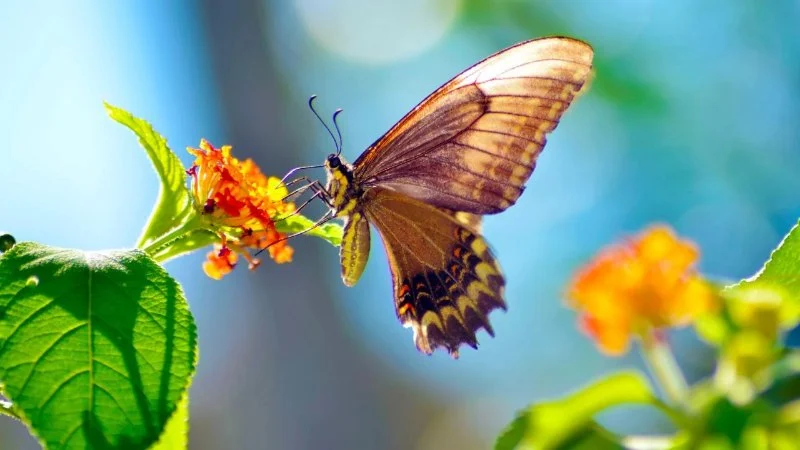
1. Introduction: Creating a Haven for Birds and Butterflies
Attracting birds and butterflies to your landscape can transform your garden into a lively, colorful sanctuary. These beautiful creatures play a vital role in pollination and pest control, contributing to a healthy garden ecosystem. If you’re looking to bring more wildlife into your backyard, understanding what birds and butterflies need to thrive is essential. With the right plants, water features, and shelters, you can easily create an environment that supports and attracts these pollinators year-round.
2. Understanding the Needs of Birds and Butterflies
Birds and butterflies each have unique needs when it comes to their habitats. By understanding these needs, you can design a landscape that will naturally attract them. Let’s break down the main requirements for these creatures.
2.1 What Birds Need
Birds are attracted to gardens that provide food, water, and shelter. Native plants that produce seeds, berries, or nectar are great food sources for birds. Trees and shrubs offer nesting sites, while taller grasses provide cover from predators. A birdbath or pond is essential for hydration, especially during the warmer months when water is scarce.
2.2 What Butterflies Need
Butterflies are drawn to plants that provide nectar, as well as areas for laying eggs and feeding their larvae. Plants with brightly colored flowers are ideal, as butterflies are attracted to vivid hues like purple, orange, and red. Additionally, providing plants that cater to caterpillars, such as milkweed for monarchs, is essential for sustaining butterfly populations through all stages of their life cycle.
3. Key Tips for Attracting Birds and Butterflies
Now that we understand their needs, let’s explore how to incorporate the right features into your landscape to attract both birds and butterflies. Here are some essential tips for creating a welcoming environment for these delightful visitors.
3.1 Plant a Variety of Native Plants
Native plants are crucial for attracting local birds and butterflies because they provide the right food and shelter. When selecting plants, choose a mix of flowering plants, shrubs, and trees that bloom at different times of the year. This ensures a continuous supply of food for both birds and butterflies. Examples of native plants that attract birds include sunflowers, coneflowers, and serviceberries. For butterflies, plant nectar-rich flowers like asters, lantanas, and lavender.
3.2 Create a Layered Garden
A layered garden design that includes trees, shrubs, perennials, and groundcovers will attract a wider variety of wildlife. Birds will use the taller trees for shelter and nesting, while butterflies will enjoy the flowers and shrubs. Having multiple layers creates a habitat that supports different species at various stages of their life cycle.
3.3 Add Water Features
Water is a vital resource for both birds and butterflies. A birdbath is an easy way to provide water for birds, but a small pond or fountain can attract even more wildlife. Moving water, such as a gentle stream or fountain, is especially attractive to birds because it provides a source of fresh water and adds a soothing sound to your garden.
3.4 Provide Shelter and Nesting Sites
Birds and butterflies need places to rest, hide from predators, and build nests. Adding birdhouses, nesting boxes, and butterfly houses to your landscape will give these creatures safe spaces to rest. If you have the space, planting dense shrubs and tall grasses will also provide excellent cover for both birds and butterflies.
4. Real-Life Example: A Successful Butterfly and Bird Garden
A homeowner in the Midwest transformed their backyard into a sanctuary for birds and butterflies by following the above tips. They planted a variety of native plants, including black-eyed Susans, goldenrod, and purple coneflowers. They also added a small pond with a fountain to provide water and created several butterfly houses and bird feeders. Over the course of a year, they saw an increase in bird species, including cardinals, robins, and goldfinches. Butterflies, such as monarchs and swallowtails, also frequented the garden, attracted by the nectar-rich flowers and milkweed plants. This success story is a perfect example of how thoughtful landscaping can attract a vibrant array of wildlife to your garden.
5. Final Thoughts: Building a Wildlife-Friendly Landscape
By incorporating the right plants, water features, and shelters, you can easily create a garden that attracts both birds and butterflies. A wildlife-friendly landscape not only enhances the beauty of your garden but also contributes to a healthier ecosystem. Whether you’re an experienced gardener or just starting, following these tips will help you attract and support a wide variety of birds and butterflies in your backyard.
For the best plants, tools, and resources to enhance your bird and butterfly garden, visit Beautiful Landscapes. We offer high-quality products that will help you create the perfect wildlife-friendly landscape in your own backyard.

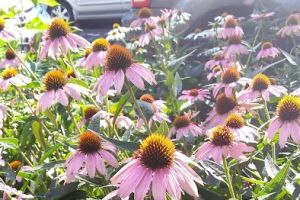
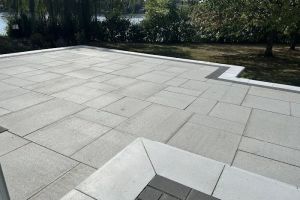
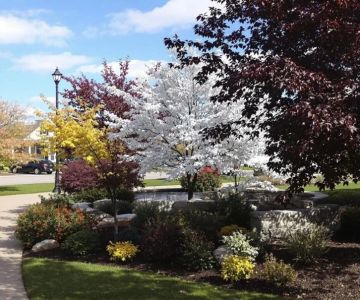
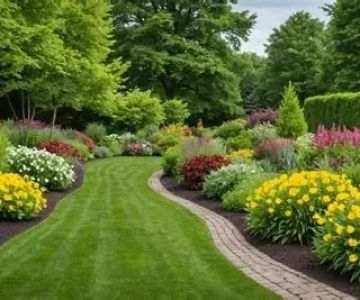
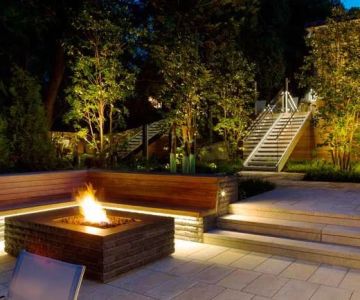
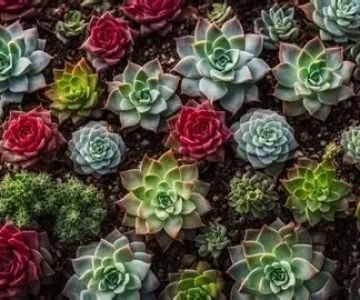
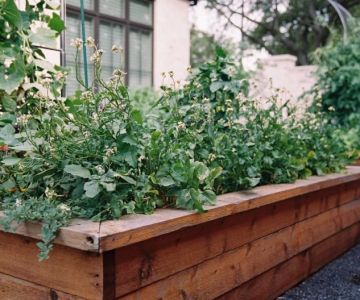
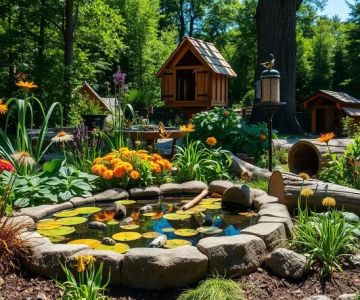
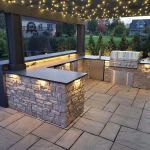 Infinity Lawn & Landscaping4.0 (52 reviews)
Infinity Lawn & Landscaping4.0 (52 reviews) QualityWorks Trademark LLC4.0 (30 reviews)
QualityWorks Trademark LLC4.0 (30 reviews)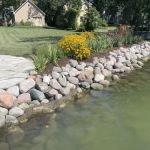 Eubanks Environmental5.0 (10 reviews)
Eubanks Environmental5.0 (10 reviews) BrightView Landscape3.0 (16 reviews)
BrightView Landscape3.0 (16 reviews)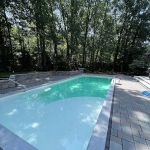 Statements In Stone Pool and Patio4.0 (47 reviews)
Statements In Stone Pool and Patio4.0 (47 reviews) Schmitt's Landscape Tree service North Aurora4.0 (4 reviews)
Schmitt's Landscape Tree service North Aurora4.0 (4 reviews)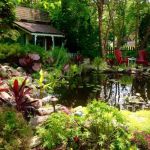 How to Landscape for Seasonal Wildlife Attraction in Your Garden
How to Landscape for Seasonal Wildlife Attraction in Your Garden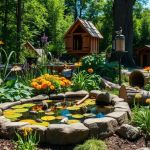 How to Build a Wildlife Habitat Garden That Supports Biodiversity
How to Build a Wildlife Habitat Garden That Supports Biodiversity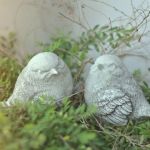 How to Use Garden Art to Add Personality to Your Outdoor Space
How to Use Garden Art to Add Personality to Your Outdoor Space How to Plan Outdoor Fire & Water Features Harmoniously for Your Garden
How to Plan Outdoor Fire & Water Features Harmoniously for Your Garden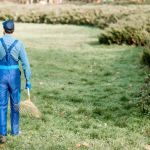 How to Revive a Neglected Lawn Step by Step
How to Revive a Neglected Lawn Step by Step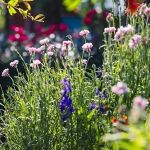 How to Choose Native Shrubs That Thrive Without Fertilizer
How to Choose Native Shrubs That Thrive Without Fertilizer